Biomarker Identified for Smoker’s Lung Cancer
|
By LabMedica International staff writers Posted on 03 Oct 2013 |
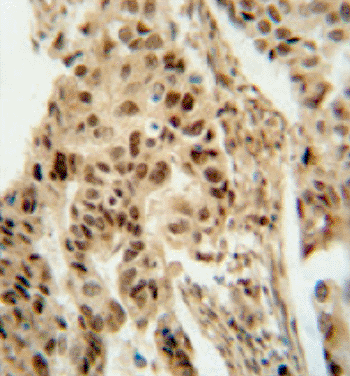
Image: Immunohistochemical analysis of pulmonary adenocarcinoma stained for ASCL1 (Photo courtesy of LifeSpan BioSciences).
A specific pair of proteins may be a successful prognostic biomarker for identifying smoking-related lung cancers, especially pulmonary adenocarcinoma.
The protein achaete-scute homolog 1 (ASCL1) is an important regulatory transcription factor in pulmonary neuroendocrine (NE) cell development, but its value as a biomarker of NE differentiation and as a potential prognostic biomarker remains unclear.
Scientists at the Mayo Clinic (Rochester, MN, USA) examined ASCL1 expression in lung cancer samples of varied histologic subtype, clinical outcome, and smoking status and compared with expression of traditional NE markers. ASCL1 messenger ribonucleic acid (mRNA) expression was found almost exclusively in smokers with adenocarcinoma, in contrast to nonsmokers and other lung cancer subtypes.
Analysis of a compendium of 367 microarray-based gene expression profiles in stage I lung adenocarcinomas identified significantly higher expression levels of the rearranged during transfection (RET) oncogene in ASCL1-positive tumors (ASCL1+) compared with ASCL1− tumors. ASCL1 protein expression by immunohistochemical (IHC) analysis correlated best with synaptophysin compared with chromogranin and the cluster of differentiation CD56 and the neural cell adhesion molecule (CD56/NCAM).
High levels of RET expression in ASCL1+, but not in ASCL1- tumors, was associated with significantly shorter overall survival in stage 1 and in all adenocarcinomas. RET protein expression by IHC had an association with overall survival in the context of ASCL1 expression. When scientists blocked the ASCL1 protein in lung cancer-cell lines expressing both genes, the level of RET decreased and tumor growth slowed. This leads them to believe this mechanism will be a promising target for potential drugs and a strong candidate for clinical trials.
George Vasmatzis, PhD, molecular medical scientist and senior author on the study, said “This is exciting because we’ve found what we believe to be a ‘drugable target’ here. It’s a clear biomarker for aggressive adenocarcinomas. These are the fast-growing cancer cells found in smokers’ lungs.” The study was published on September 16, 2013, in the journal Oncogene.
Related Links:
Mayo Clinic
The protein achaete-scute homolog 1 (ASCL1) is an important regulatory transcription factor in pulmonary neuroendocrine (NE) cell development, but its value as a biomarker of NE differentiation and as a potential prognostic biomarker remains unclear.
Scientists at the Mayo Clinic (Rochester, MN, USA) examined ASCL1 expression in lung cancer samples of varied histologic subtype, clinical outcome, and smoking status and compared with expression of traditional NE markers. ASCL1 messenger ribonucleic acid (mRNA) expression was found almost exclusively in smokers with adenocarcinoma, in contrast to nonsmokers and other lung cancer subtypes.
Analysis of a compendium of 367 microarray-based gene expression profiles in stage I lung adenocarcinomas identified significantly higher expression levels of the rearranged during transfection (RET) oncogene in ASCL1-positive tumors (ASCL1+) compared with ASCL1− tumors. ASCL1 protein expression by immunohistochemical (IHC) analysis correlated best with synaptophysin compared with chromogranin and the cluster of differentiation CD56 and the neural cell adhesion molecule (CD56/NCAM).
High levels of RET expression in ASCL1+, but not in ASCL1- tumors, was associated with significantly shorter overall survival in stage 1 and in all adenocarcinomas. RET protein expression by IHC had an association with overall survival in the context of ASCL1 expression. When scientists blocked the ASCL1 protein in lung cancer-cell lines expressing both genes, the level of RET decreased and tumor growth slowed. This leads them to believe this mechanism will be a promising target for potential drugs and a strong candidate for clinical trials.
George Vasmatzis, PhD, molecular medical scientist and senior author on the study, said “This is exciting because we’ve found what we believe to be a ‘drugable target’ here. It’s a clear biomarker for aggressive adenocarcinomas. These are the fast-growing cancer cells found in smokers’ lungs.” The study was published on September 16, 2013, in the journal Oncogene.
Related Links:
Mayo Clinic
Latest Molecular Diagnostics News
- CRISPR-Based Tuberculosis Test Uses Mouth Swab to Simplify Screening
- New DNA Methylation-Based Method Predicts Cancer Progression
- Urine Test Could Predict Outcome of Cartilage Transplant Surgery
- 2-Hour Cancer Blood Test to Transform Tumor Detection
- Ultrasensitive Test Could Identify Earliest Molecular Signs of Metastatic Relapse in Breast Cancer Patients
- Automated High Throughput Immunoassay Test to Advance Neurodegenerative Clinical Research
- Blood Test Could Detect Proteins Linked to Alzheimer's Disease and Memory Loss
- Brain Inflammation Biomarker Detects Alzheimer’s Years Before Symptoms Appear
- First-of-Its-Kind Blood Test Detects Over 50 Cancer Types
- Routine Blood Draws Could Detect Epigenetic Biomarkers for Predicting Cardiovascular Disease Risk
- Single Cell RNA Sequencing Could Enable Non-Invasive Blood Disorder Diagnosis
- Blood Test Identifies HPV-Associated Head and Neck Cancers 10 Years Before Symptoms
- Giant DNA Elements Discovered in Mouth Could Impact Oral Health
- Simple Blood Test Spots Disease Through Metabolic Distortion
- Simple Blood Test Could Streamline Early Alzheimer's Detection
- Unique Microbial Fingerprint to Improve Diagnosis of Colorectal Cancer
Channels
Clinical Chemistry
view channel
Gold Nanoparticles to Improve Accuracy of Ovarian Cancer Diagnosis
Ovarian cancer is considered one of the deadliest cancers, in part because it rarely shows clear symptoms in its early stages, and diagnosis is often complex. Current approaches make it difficult to accurately... Read more
Simultaneous Cell Isolation Technology Improves Cancer Diagnostic Accuracy
Accurate cancer diagnosis remains a challenge, as liquid biopsy techniques often fail to capture the complexity of tumor biology. Traditional systems for isolating circulating tumor cells (CTCs) vary in... Read moreHematology
view channel
Pioneering Model Measures Radiation Exposure in Blood for Precise Cancer Treatments
Scientists have long focused on protecting organs near tumors during radiotherapy, but blood — a vital, circulating tissue — has largely been excluded from dose calculations. Each blood cell passing through... Read more
Platelets Could Improve Early and Minimally Invasive Detection of Cancer
Platelets are widely recognized for their role in blood clotting and scab formation, but they also play a crucial role in immune defense by detecting pathogens and recruiting immune cells.... Read more
Portable and Disposable Device Obtains Platelet-Rich Plasma Without Complex Equipment
Platelet-rich plasma (PRP) plays a crucial role in regenerative medicine due to its ability to accelerate healing and repair tissue. However, obtaining PRP traditionally requires expensive centrifugation... Read moreImmunology
view channel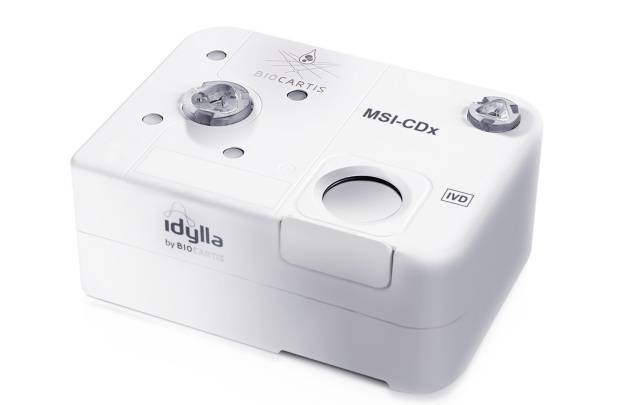
Companion Diagnostic Test for CRC Patients Identifies Eligible Treatment Population
Colorectal cancer remains one of the leading causes of cancer-related deaths worldwide, and identifying which patients will benefit most from targeted immunotherapies is critical. Existing diagnostic methods... Read more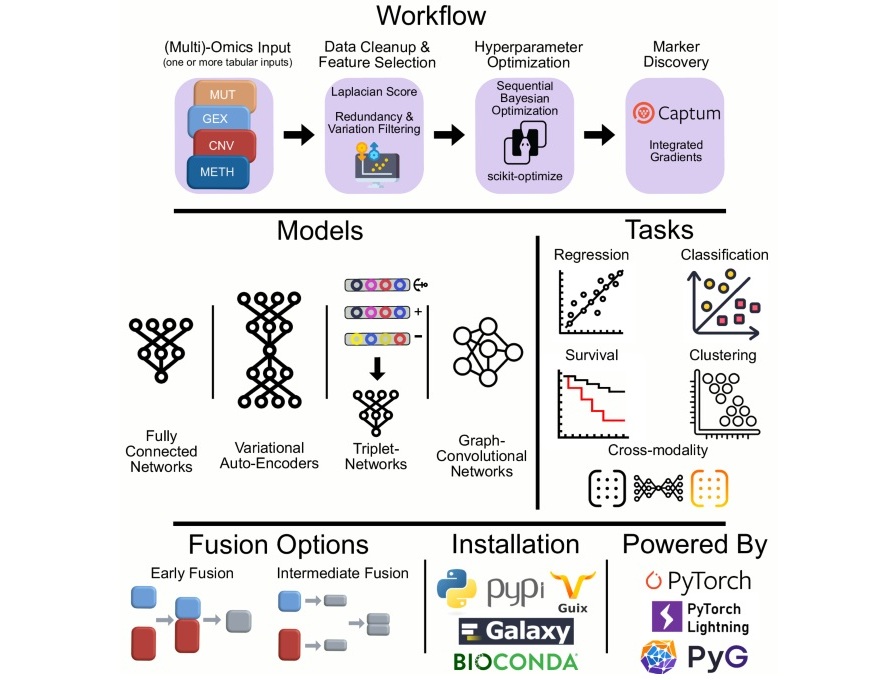
Novel Tool Uses Deep Learning for Precision Cancer Therapy
Nearly 50 new cancer therapies are approved each year, but selecting the right one for patients with highly individual tumor characteristics remains a major challenge. Physicians struggle to navigate the... Read more
Companion Diagnostic Test Identifies HER2-Ultralow Breast Cancer and Biliary Tract Cancer Patients
Breast cancer is the most common cancer in Europe, with more than 564,000 new cases and 145,000 deaths annually. Metastatic breast cancer is rising in younger populations and remains the leading cause... Read moreMicrobiology
view channel
Microfluidic Platform Assesses Neutrophil Function in Sepsis Patients
Sepsis arises from infection and immune dysregulation, with neutrophils playing a central role in its progression. However, current clinical tools are unable to both isolate these cells and assess their... Read moreNew Diagnostic Method Confirms Sepsis Infections Earlier
Sepsis remains one of the most dangerous medical emergencies, often progressing rapidly and becoming fatal without timely intervention. Each hour of delayed treatment in septic shock reduces patient survival... Read more
New Markers Could Predict Risk of Severe Chlamydia Infection
Chlamydia trachomatis is a common sexually transmitted infection that can cause pelvic inflammatory disease, infertility, and other reproductive complications when it spreads to the upper genital tract.... Read more
Portable Spectroscopy Rapidly and Noninvasively Detects Bacterial Species in Vaginal Fluid
Vaginal health depends on maintaining a balanced microbiome, particularly certain Lactobacillus species. Disruption of this balance, known as dysbiosis, can increase risks of infection, pregnancy complications,... Read morePathology
view channel
New Microscope Promises to Speed Up Medical Diagnostics
Traditional microscopes are designed for flat samples, yet real-life specimens, such as tissue slides, are often curved or uneven. This mismatch forces researchers to rely on scanning methods or costly... Read more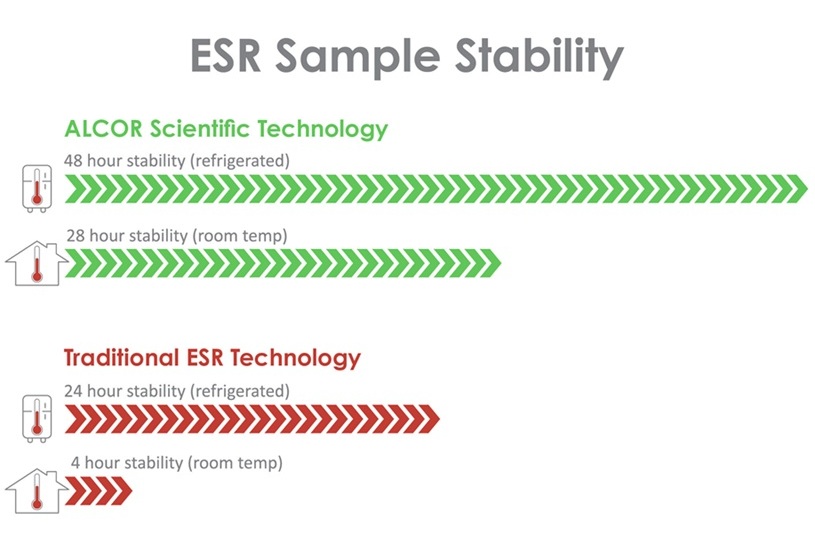
ESR Testing Breakthrough Extends Blood Sample Stability from 4 to 28 Hours
Erythrocyte sedimentation rate (ESR) is one of the most widely ordered blood tests worldwide, helping clinicians detect and monitor infections, autoimmune conditions, cancers, and other diseases.... Read moreAccurate Pathological Analysis Improves Treatment Outcomes for Adult Fibrosarcoma
Adult fibrosarcoma is a rare and highly aggressive malignancy that develops in connective tissue and often affects the limbs, trunk, or head and neck region. Diagnosis is complex because tumors can mimic... Read more
Clinicopathologic Study Supports Exclusion of Cervical Serous Carcinoma from WHO Classification
High-grade serous carcinoma is a rare diagnosis in cervical biopsies and can be difficult to distinguish from other tumor types. Cervical serous carcinoma is no longer recognized as a primary cervical... Read moreTechnology
view channel
Coral-Inspired Capsule Samples Hidden Bacteria from Small Intestine
The gut microbiome has been linked to conditions ranging from immune disorders to mental health, yet conventional stool tests often fail to capture bacterial populations in the small intestine.... Read more
Rapid Diagnostic Technology Utilizes Breath Samples to Detect Lower Respiratory Tract Infections
Respiratory tract infections (LRTIs) are leading causes of illness and death worldwide, particularly among vulnerable populations such as the elderly, young children, and those with compromised immune systems.... Read moreIndustry
view channel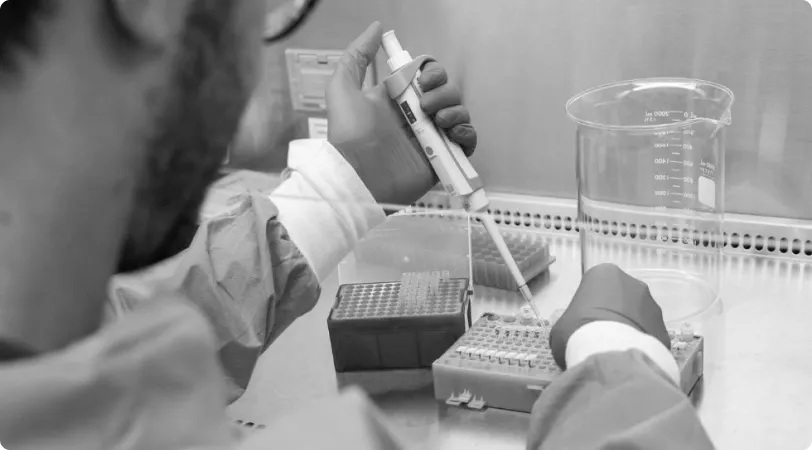
VedaBio Partners With Mammoth Biosciences to Expand CRISPR-Based Diagnostic Technologies
VedaBio (San Diego, CA, USA) has entered into a non-exclusive license agreement with Mammoth Biosciences (Brisbane, CA, USA) for the use of select CRISPR-based technologies in diagnostic applications.... Read more


















